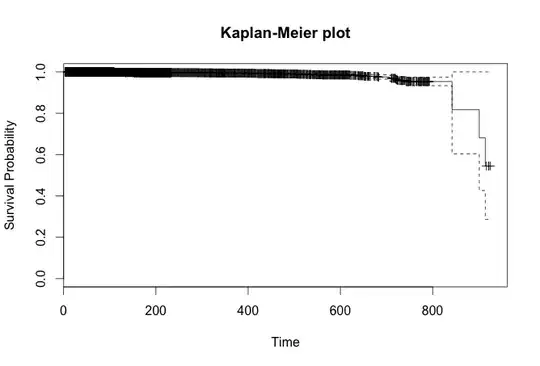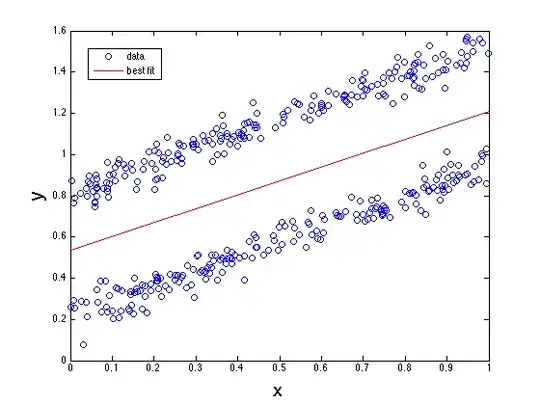Assume that we have SVM model for binary classification with objective function as follows: $$ min(\frac{1}{2}\omega\cdot\omega +C^{+}\sum_{i|y_{i}=+1}^{n}\xi_{i}\quad+C^{-}\sum_{i|y_{i}=-1}^{n}\xi_{i}) $$ After many times of running optimization with different misclassification costs($C^{+}$ and $C^{-}$) for testing part of one dataset, I achieved a ROC(?) representation of the model:
Then, I decided to create logarithmic trendline for this set of points achieving:
After reading some questions, inter alia here, I came to a conclusion, that it is not a typical way to obtain a ROC curve for SVM. The questions are:
- Will I lie if I name it a (approximated) ROC curve for this model?
- Was this a proper way to achieve ROC curve?

